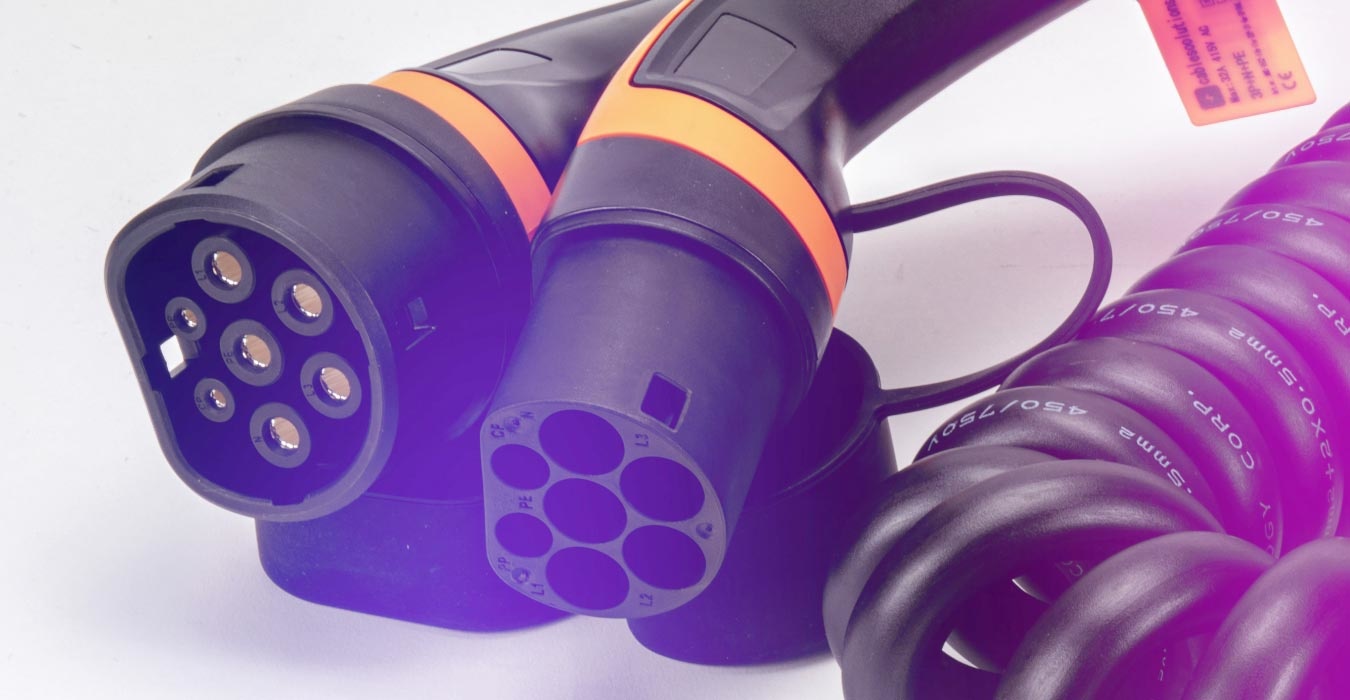
People who buy an EV for the first time wonder whether they should choose a single-phase or a three-phase charger. Let's take a closer look.
Charging an EV from a wall socket
The first option, which is good enough for some people, is to charge the car from a regular wall socket. An ordinary socket with a Mode 2 portable charger/charging cable delivers 10 amps, 10 amps times 230 volts gives you 2.3 kilowatts.
If your EV has a 60 kilowatt-hour battery, it will take about 30 hours to fully charge it, assuming it is completely empty. So charging can be time-consuming, but if you only make short trips every day, you can live with that. If you consume only 10 kilowatt hours on an average day, you can plug your car into a wall socket for five hours at night and have a fully charged battery again.
So a standard socket will charge with just over two kilowatt hours. If you want to buy a wall-mounted charging station, called a wallbox, you have a choice of single-phase or three-phase chargers. Let's review the pros and cons of each charger.
Single-phase EV charger
If you choose a single-phase charger, it operates on a 32-amp circuit. 32 amps times 230 volts is about seven kilowatts, so you can charge with about seven kilowatts. That is a very nice power to charge your car with, because if your car has a 60 kilowatt-hour or 70 kilowatt-hour battery, you can easily charge it overnight. The only condition is that your meter box is adapted to supply 32 amps. A load balancer is often a prerequisite for this.
For many people this charger will be sufficient, because it allows them to fully charge the battery overnight, even when it is almost empty.
Three-phase EV charger
However, three-phase charging allows you to charge three times as fast, with up to 22 kilowatts. But beware, your car may only be able to charge up to 11 kW via AC. So check what your electric car can handle.
So you can charge three times faster, which can be useful if your battery is flat and you have a long drive ahead of you the next day and need to leave in a hurry. A three-phase charger gives you charging flexibility.
You can charge a 60 kilowatt-hour battery in about three hours. A nice side effect of high power three-phase charging is that it makes it easier to maximise the use of solar energy. If you have more than seven kilowatts of spare solar power, you can put it in your car if you have a three-phase charger.
Ready for the future
The other reason to go for three-phase charging is if you want to be ready for the future. The average household in our country has more than one car, and chances are that all your cars will be electric at some point. So if you have two cars in the garage and you want to charge them both at night, you want to charge them as soon as possible.
When you have a new house built, it is now standard to have a three-phase cable laid. Three-phase cables are not much more expensive than single-phase cables. The most expensive part is the labour, the installation of the cable. If you are going to have cables laid anyway, you might as well have three-phase cables laid, even if you don't use them initially. If you have more than one EV in a few years' time, that will come in handy. Besides the added benefit of faster recharging.



